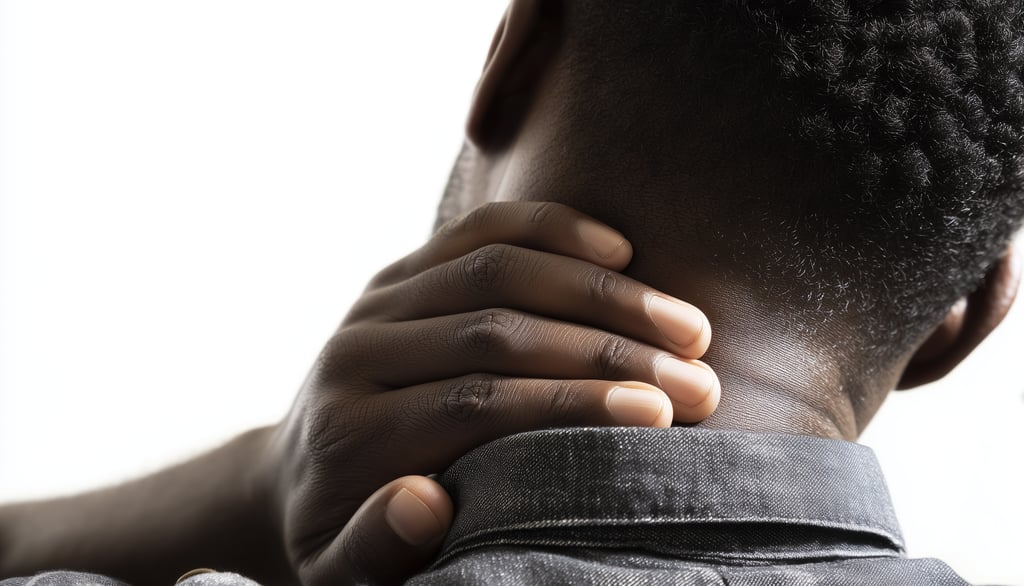
All products featured on Fit Nest Traveler are independently selected and reviewed by our team. If you click on a link and make a purchase, we may earn a commission at no additional cost to you.
The Art Of Post-Flight Recovery For Remote Professionals


As remote professionals jetting across time zones, we often underestimate the toll air travel takes on our bodies. The confined spaces, recycled air, and prolonged inactivity can leave us feeling stiff, fatigued, and out of sync. However, with a sophisticated approach to post-flight recovery, we can mitigate these effects and transition seamlessly back into our productive routines. The key lies in understanding and realigning our body's natural rhythms, focusing not just on physical stretching, but also on recalibrating our internal clocks.
Recent research in circadian science suggests that our recovery should address both physical discomfort and cognitive alertness. Mickey Beyer-Clausen, a Danish entrepreneur who has delved deep into jet lag prevention, emphasizes the importance of realigning the brain's master clock, which acts as the conductor for all the body's internal timekeepers. This holistic approach means engaging in gentle, full-body stretches upon landing to counteract the effects of prolonged sitting. Focus on exercises that target the areas most affected by air travel: the lower back, hips, and legs. A physical therapist-approved routine might include modified glute bridges, which can help alleviate lower back pain—a common complaint among frequent flyers.
For those with limited space or time, consider incorporating micro-movements throughout your day. The trend of under-desk exercise equipment has gained traction among remote professionals, offering a way to maintain circulation and muscle engagement even during sedentary work periods. A compact, digital elliptical can be a discreet addition to your hotel room or temporary workspace, allowing you to pedal quietly while on conference calls or tackling your inbox. Beyond physical movement, the sophisticated traveler understands the importance of environmental cues in recovery. Timed exposure to light and darkness can significantly impact how quickly we adjust to new time zones. Consider using specialized apps that provide personalized schedules for light exposure based on your travel itinerary, potentially shaving days off your jet lag recovery time.


Hydration plays a pivotal role in post-flight recovery, yet it's often overlooked in the rush to catch up on work or explore a new location. The dry air in airplane cabins can lead to dehydration, exacerbating feelings of fatigue and mental fog. As sophisticated professionals, we should approach hydration with the same mindfulness we apply to our work. Opt for electrolyte-rich beverages or herbal teas that can help restore balance to your system more effectively than plain water alone. Additionally, consider the power of mindfulness in your recovery process. A brief meditation or breathing exercise can help center your thoughts and reduce the stress associated with travel and time zone transitions, not only aiding in mental clarity but also having a positive impact on your physical well-being by lowering cortisol levels and promoting relaxation.
The art of post-flight recovery for the remote professional is a multifaceted approach that combines physical activity, circadian alignment, and mindful practices. By adopting these sophisticated strategies, we can ensure that our global mobility enhances rather than hinders our productivity and well-being. As we navigate the complexities of a borderless work environment, let us not neglect the importance of personal care and recovery in our pursuit of professional excellence. After all, our most valuable asset is our own vitality and resilience in the face of the demands of modern, mobile work life. By implementing these refined techniques, we can refresh and revitalize ourselves effectively, maintaining our edge as we span the globe in pursuit of our professional ambitions.
